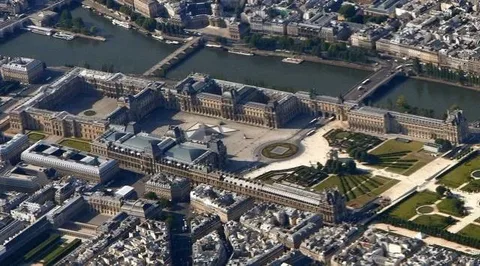Louvre systems have become a popular architectural feature, combining functionality with aesthetic appeal. Whether for residential, commercial, or industrial purposes, understanding the different styles, materials, and applications of louvre systems is essential for making informed design decisions. This article serves as A Complete Guide to Louvre Systems: Styles, Materials, and Applications, helping you explore their versatility and practical uses.
What Are Louvre Systems?
Louvre systems consist of angled slats or blades that allow air and light to pass through while providing shade and privacy. These systems are widely used in buildings for ventilation, sun control, and decorative purposes. They can be fixed or adjustable, depending on the intended function.
Styles of Louvre Systems
Fixed Louvre Systems
Fixed louvres are stationary blades set at a specific angle. They provide constant protection against sun, rain, and wind, making them ideal for shading facades and windows.
Adjustable Louvre Systems
Adjustable or operable louvres allow users to control the angle of the blades, optimizing airflow and light penetration. These are often automated for ease of use in commercial buildings.
Sliding and Retractable Louvres
For maximum flexibility, sliding or retractable louvre systems can open or close entirely. They are perfect for patios, pergolas, or any area requiring adjustable coverage.
Materials Used in Louvre Systems
Aluminum
Aluminum is lightweight, durable, and resistant to corrosion, making it one of the most popular materials for louvre blades and frames.
Wood
Wood offers a natural and warm aesthetic, often used in residential projects. However, it requires regular maintenance to prevent weather damage.
Steel
Steel provides high strength and security, suitable for industrial applications where durability is critical.
PVC and Composite Materials
These materials are cost-effective and resistant to moisture, commonly used in humid environments like bathrooms or outdoor areas.
Applications of Louvre Systems
Architectural Facades
Louvres can enhance building exteriors by providing sun shading and improving ventilation, which helps reduce energy consumption.
Privacy Screens
In residential or commercial settings, louvre systems act as stylish privacy barriers without compromising airflow.
Ventilation Systems
Louvres facilitate airflow in HVAC systems and machinery rooms, protecting equipment while allowing necessary ventilation.
Outdoor Living Spaces
Patios, verandas, and pergolas equipped with louvre roofs or walls allow for adjustable shade and protection from the elements.
Conclusion
Choosing the right louvre system depends on your specific needs for style, material, and application. This Complete Guide to Louvre Systems: Styles, Materials, and Applications highlights the wide range of options available to architects, builders, and homeowners. From fixed aluminum facades to adjustable wooden privacy screens, louvre systems offer a practical and elegant solution for modern construction and design.

